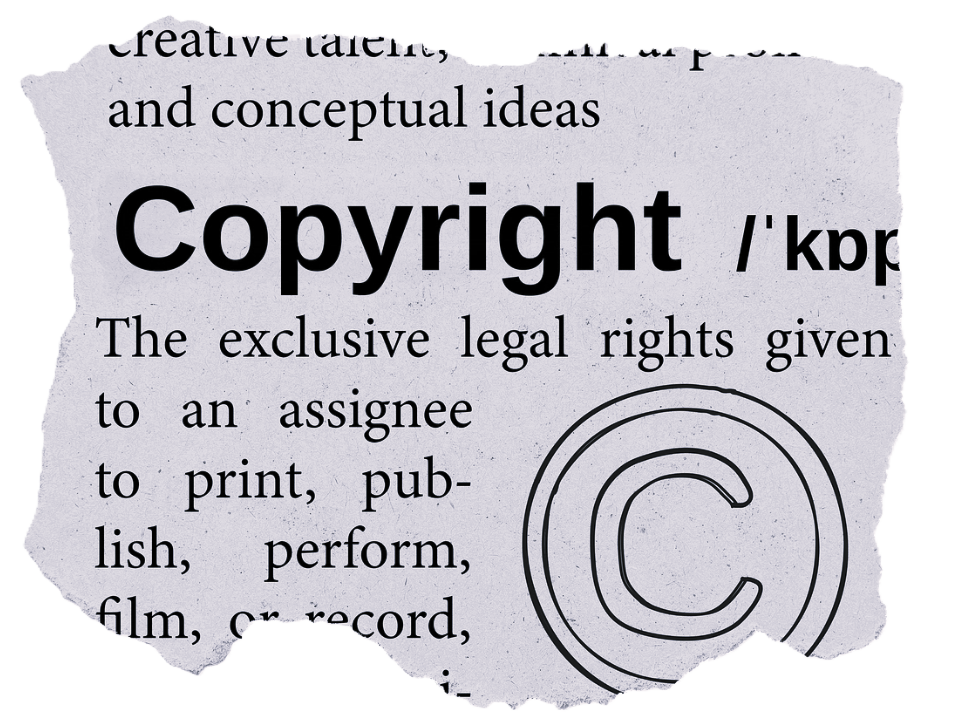Intellectual Property law, otherwise known as ‘IP law’ in Australia involves law that is designed to protect the rights and interests of creators and owners in respect of their original works, creations, inventions, designs and other intellectual property capable of being recognised and protected at law.
The aim of intellectual property law is to encourage innovation and creativity, by providing a legal mechanism where time and effort involved in that creation can be protected and commercialised, by granting exclusive rights to use and exploit a particular invention, design or creation.
Intellectual Property Law can be divided into the following classes, or groups, of law:
Intellectual Property rights in Australia are generally governed by the following legislation at the Federal level:
In addition to the above, the common law also provides protection in various manners, via equitable interest claims and certain torts, such as the tort of ‘passing off’.

Copyright law in Australia is governed by the Copyright Act 1968 (Cth). It provides automatic protection to creators of original works and other subject matter, ensuring they have exclusive rights to use and control their creations
Copyright is a legal right that protects expressions of ideas, not the ideas themselves.
Copyright applies to original works and subject matter, including:
Copyright is automatic; once the subject matter which is capable of being subject to copyright comes into existence, it is protected. In other words, protection is automatic upon creation. However, two (2) things must be present for copyright protection to occur, namely:
Copyright owners have exclusive rights to:
Additionally, copyright owners have moral rights to license or assign their copyright interests to others.

Trade mark law in Australia is governed primarily by the Trade Marks Act 1995 (Cth). It provides a framework for the registration, protection, and enforcement of trade marks, which are essential for businesses to distinguish their goods or services from those of others.
A trade mark is a sign used to distinguish the goods or services of a particular business or trader from another. Trade marks can include:
Registered trade marks:
Common law trade marks
A trade mark must meet several criteria before it is capable of being registered with IP Australia. In particular, it must:
Registering a trade mark has many benefits, including:
A trade mark can usually be registered for a period of ten (10) years, with unlimited renewals.
Infringement of a trade mark occurs when a person uses a trade mark which is identical or deceptively similar to a registered trade mark of another, in relation the the same or similar goods or services.
If a trade mark has been infringed, remedies can be obtained, such as:


The tort of passing off arises when another person misappropriates, usually by deceit, the reputation and good will of another person. It is concerned with a false representation suggesting a connection with another business or product.
Essentially, there must be a deceitful representation which is likely to cause a misapprehension in another that they are contracting with a particular business, as opposed to the actual business they are contracting with (and the same goes for the purchase of goods).
An alternative cause of action can also arise in certain circumstances where passing off arises, and in most cases, it is a preferable cause of action, namely, a claim pursuant to the Australian Consumer Law (the ACL), for engaging in misleading and deceptive conduct contrary to section 18 of the ACL.
The statutory cause of action is often preferable, as it is more straight forward than the common law tort of passing off to establish.
In any event, it is always preferable that a trade mark or other legal protection be obtained, as this will provide a stronger basis, or alternative means, to pursue a competitor which is unjustly passing itself off as your business or as a provider of your particular goods or services.
custodi quod creasti – protect that which you have created